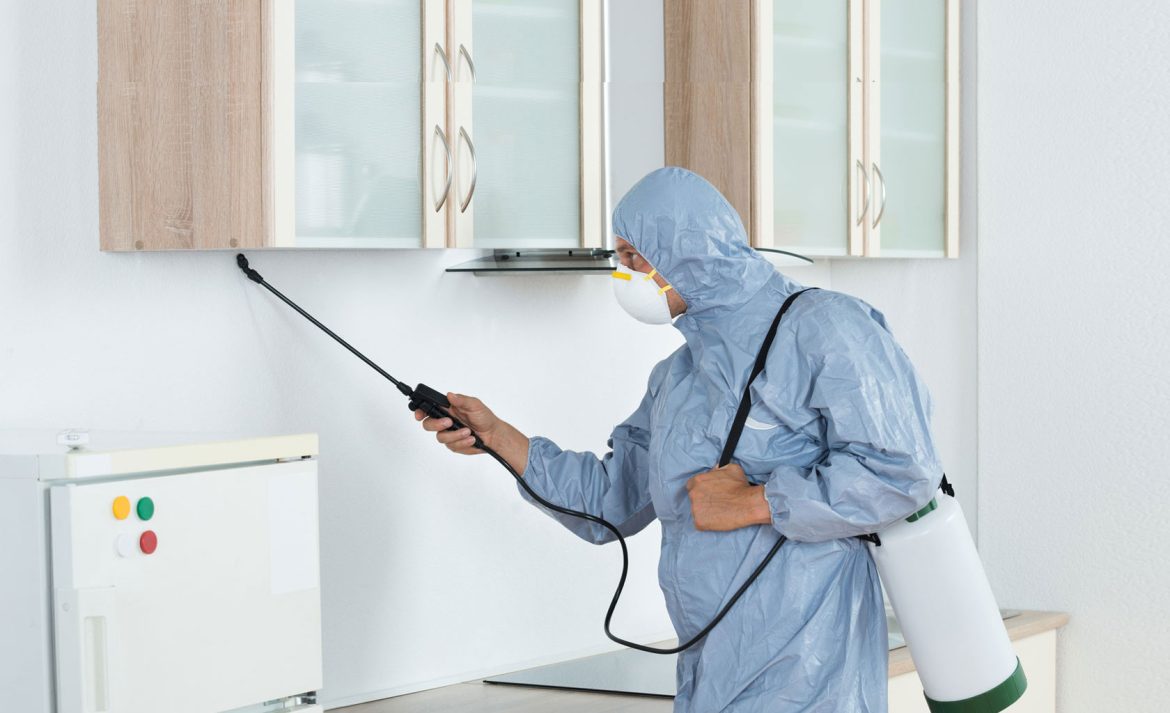In the realm of pest control, mascots play a crucial role in branding and communication. These characters, often whimsical or anthropomorphic representations of common pests, serve to engage customers, convey messages, and create memorable associations with pest control companies. But what lies beneath the surface of these seemingly innocuous designs? The psychology behind effective pest control mascot designs reveals insights into human perception, emotion, and behavior.
Effective pest control mascot tap into primal instincts and emotions. Humans have an innate aversion to pests due to evolutionary reasons – they pose threats to health, food, and safety. Mascots that embody these pests evoke immediate recognition and emotional responses, such as disgust or fear. However, by giving these pests a friendly or comical appearance, mascots can mitigate negative emotions, making them more approachable and less intimidating.
Successful mascot designs leverage principles of psychology to enhance brand recognition and trust. Colors, for instance, play a crucial role in shaping perceptions and associations. Bright colors like orange and yellow can convey energy and warmth, while green suggests safety and environmental friendliness. By choosing colors that evoke positive emotions and align with the brand’s values, pest control mascots can foster trust and loyalty among consumers.
The design elements of mascots, such as facial expressions and body language, can influence how they are perceived. A smiling mascot exudes friendliness and approachability, while a determined expression suggests competence and efficacy in pest control. Similarly, dynamic poses and gestures convey action and effectiveness, instilling confidence in the company’s ability to eradicate pests.
In addition to visual cues, effective pest control mascots often incorporate subtle psychological triggers to engage and persuade consumers. For instance, anthropomorphism – the attribution of human-like traits to non-human entities – fosters emotional connections and empathy. By imbuing pests with human characteristics like facial expressions or clothing, mascots become relatable and memorable, enhancing brand recall and customer engagement.
Storytelling is a powerful tool in marketing and branding. Effective pest control mascots often have a backstory or a narrative that resonates with consumers. Whether it’s a plucky mouse determined to outsmart the exterminator or a heroic termite fighting for its colony, compelling narratives humanize pests and create empathy, turning them from adversaries into protagonists in the battle against infestations.




